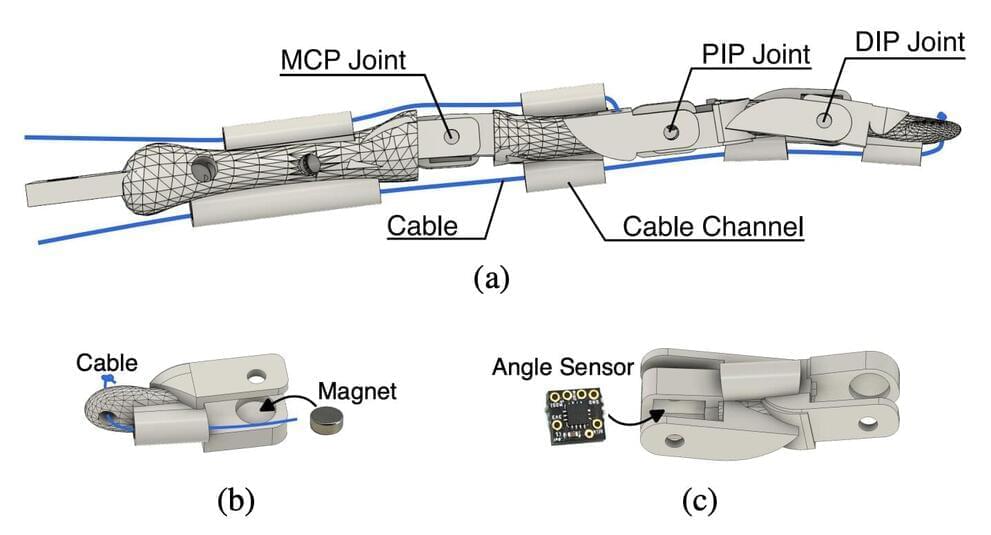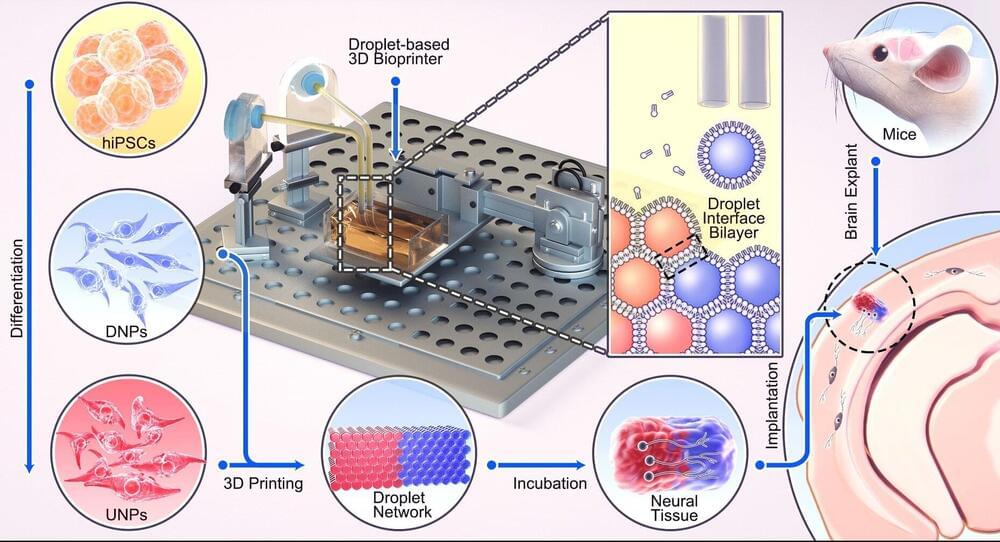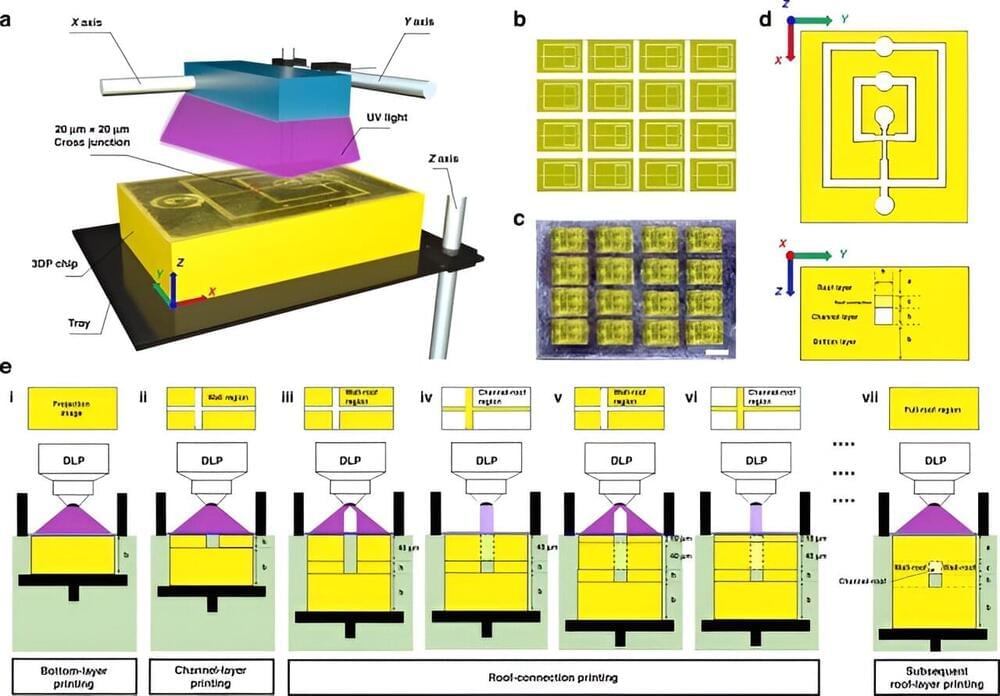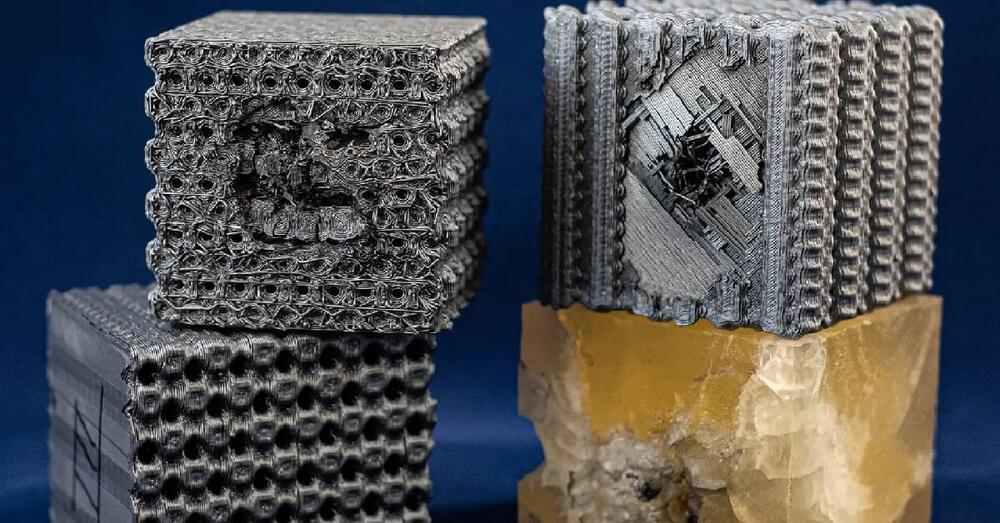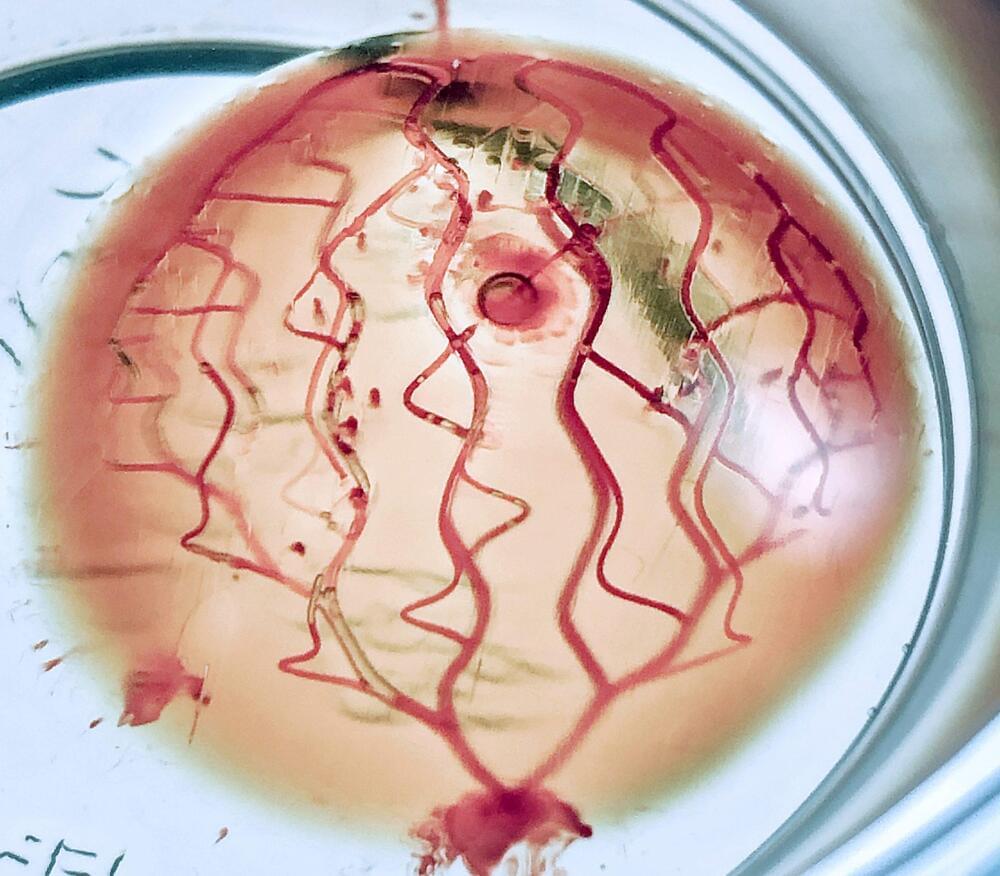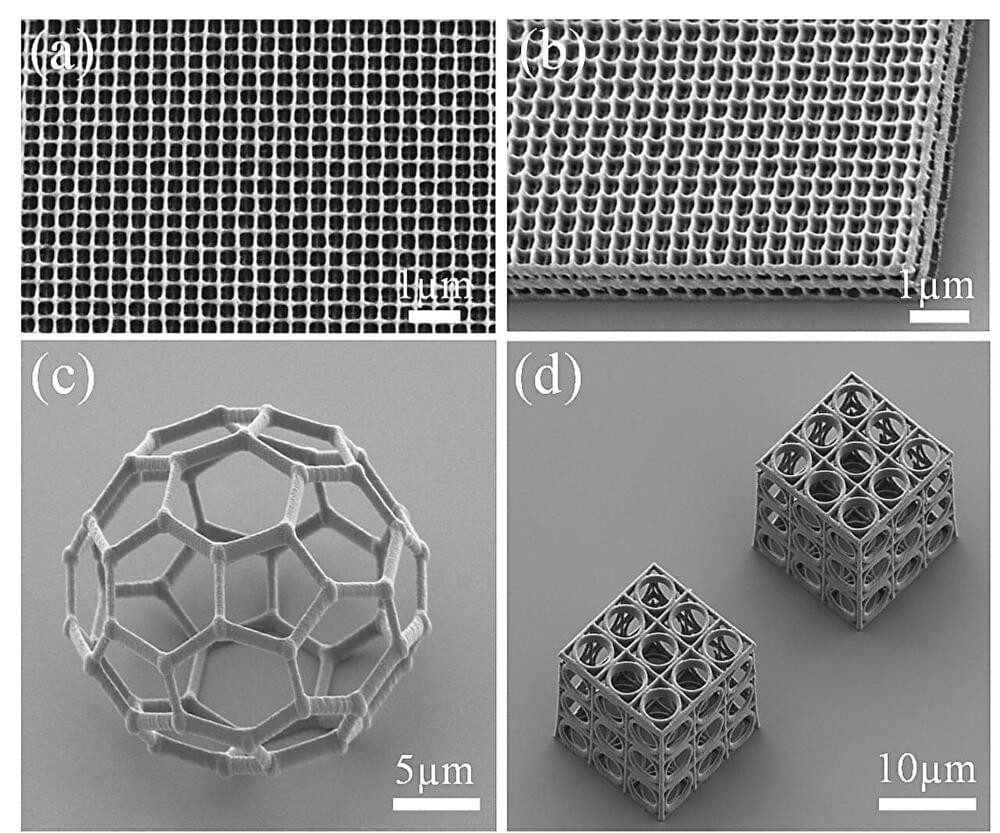In recent years, roboticists have developed increasingly sophisticated robotic systems designed to mimic both the structure and function of the human body. This work includes robotic hands, grippers that allow robots to grasp objects and manipulate them like humans do while completing everyday tasks.
Ideally, robotic hands should be able to perform highly precise movements, while also being relatively affordable and easy to fabricate. However, most bio-inspired skeleton structures for robotic hands introduced so far have highly intricate designs containing numerous advanced components, which makes them difficult to fabricate on a large scale.
Researchers at Massachusetts Institute of Technology (MIT) recently created a new highly precise robotic hand that could be easier to upscale, as its components can be crafted using commonly employed techniques, such as 3D printing and laser cutting. Their robotic hand, introduced in a paper published in the journal 2023 IEEE International Conference on Soft Robotics (RoboSoft), is based on a so-called modular structure, meaning that it comprises multiple building blocks that can be rearranged to achieve different movements.
